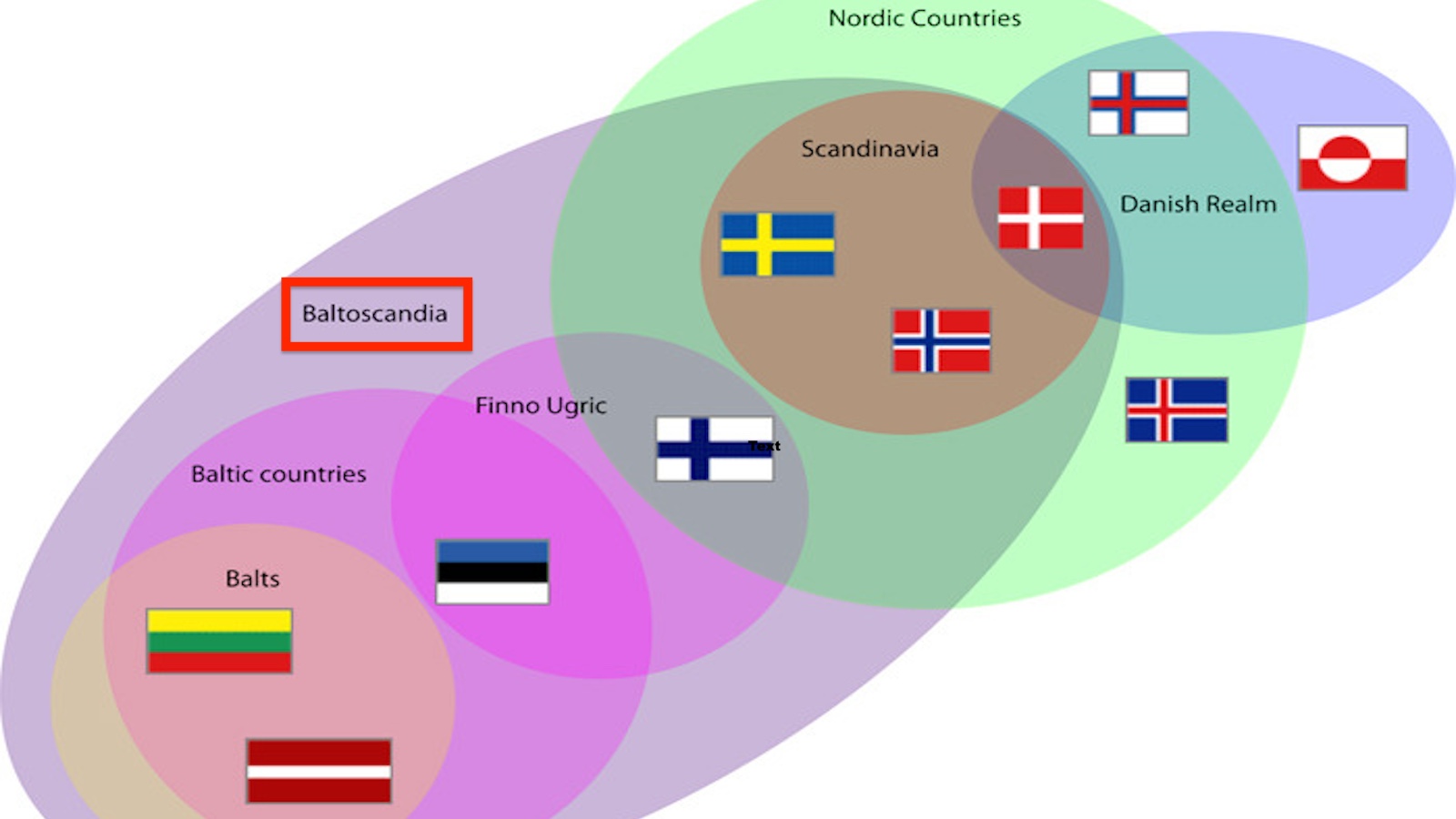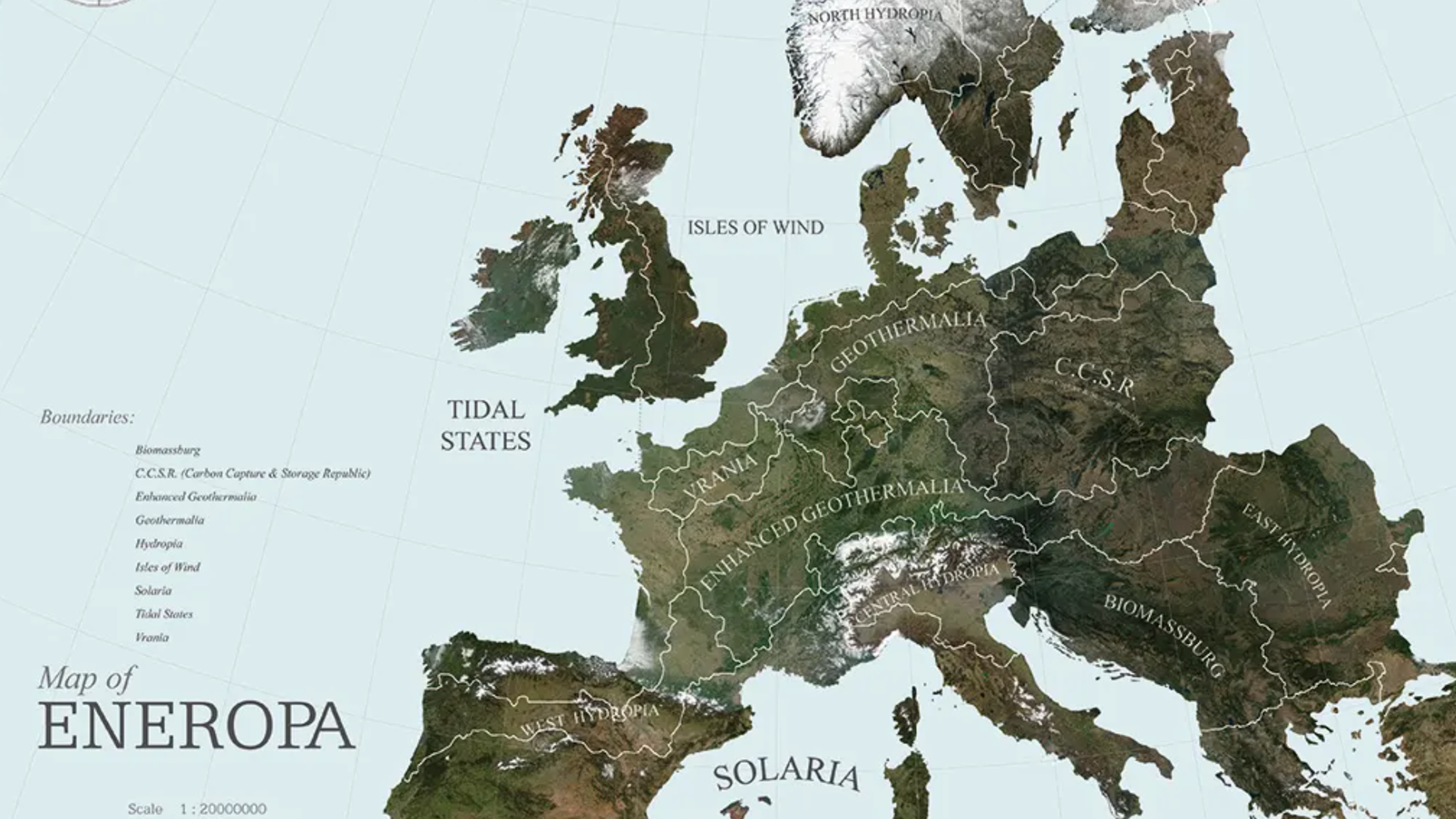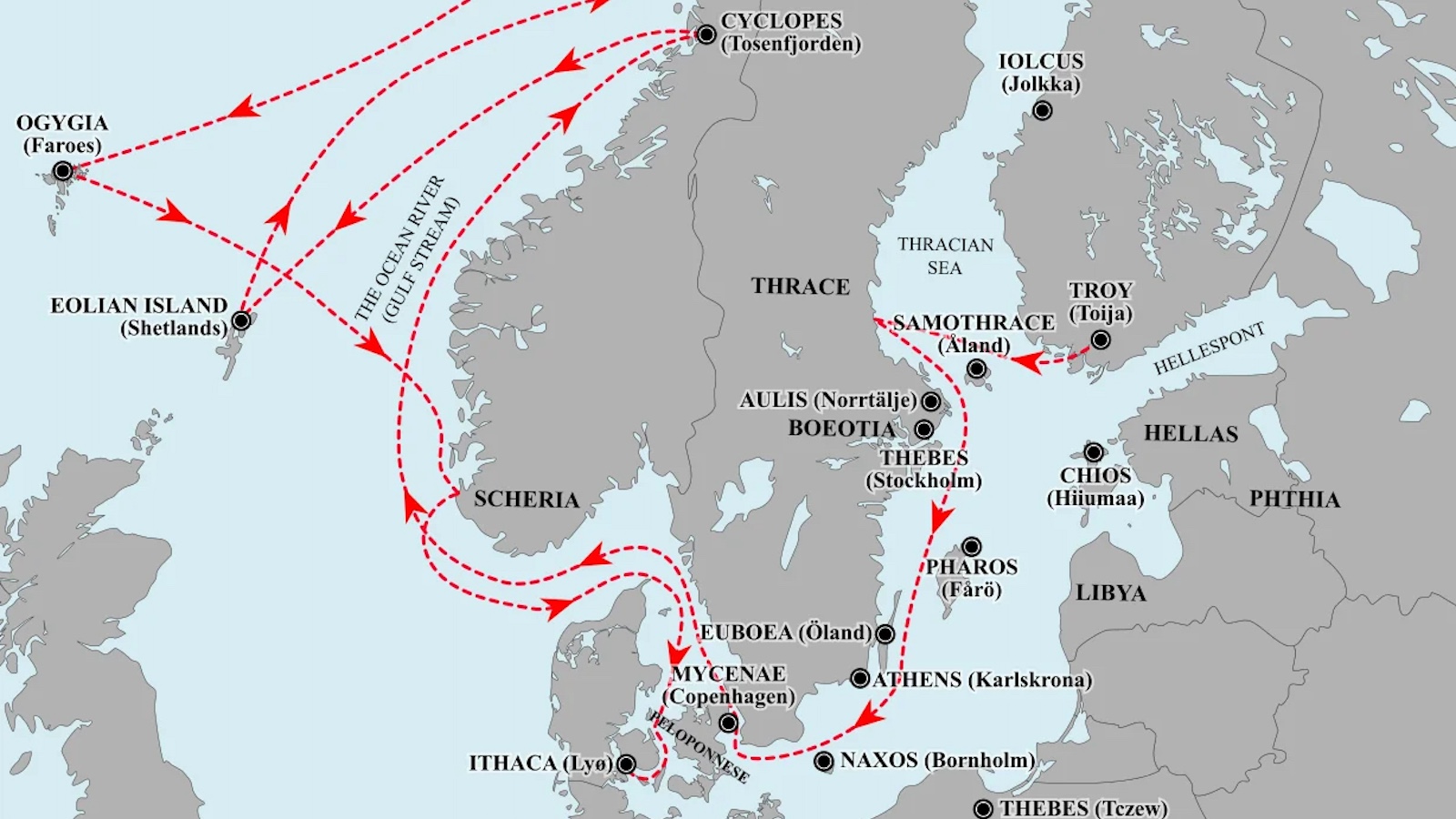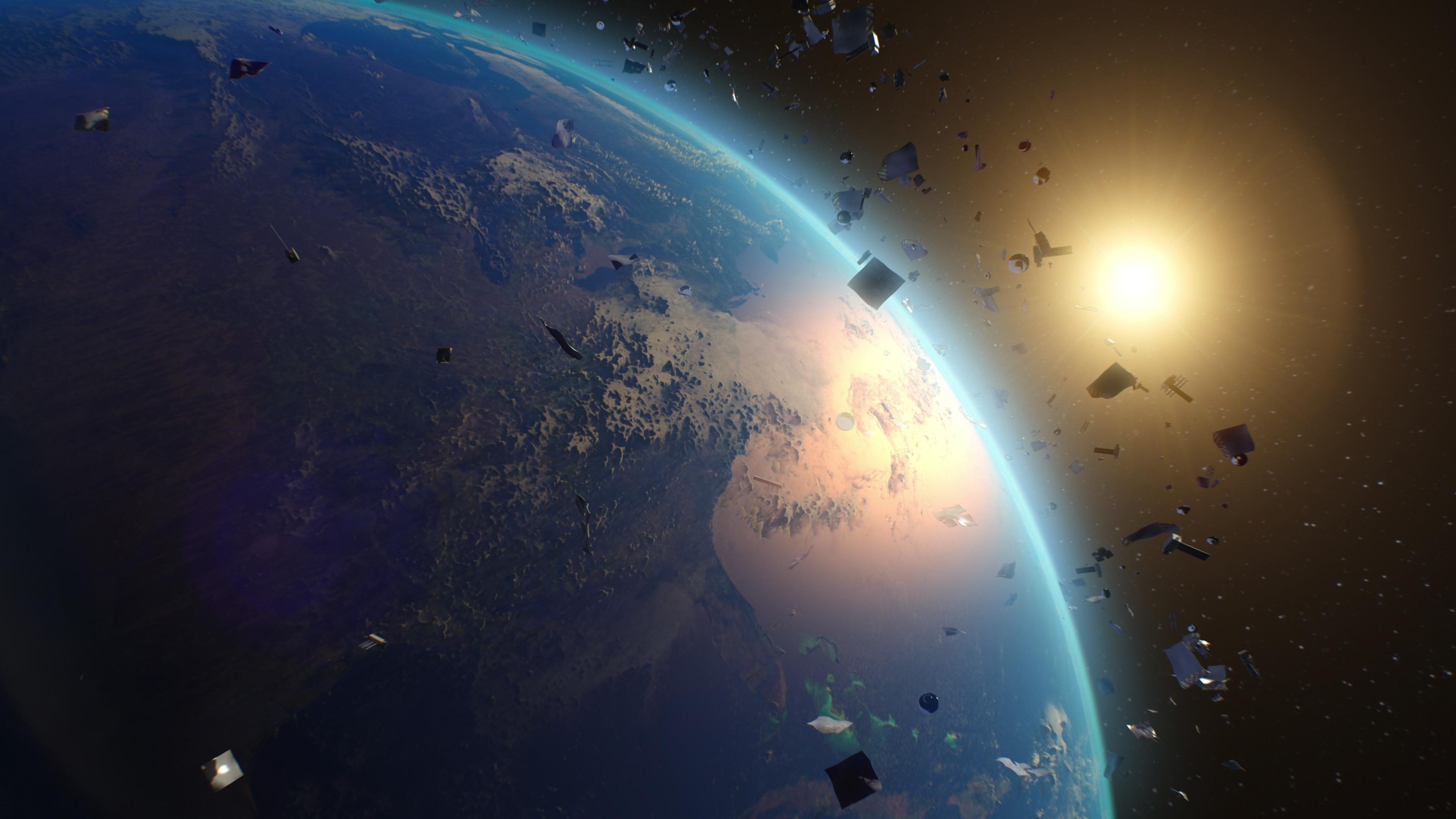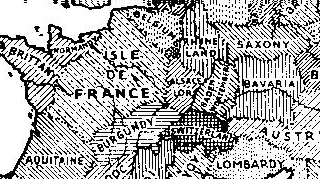25 – Suur Suomi
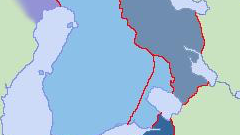
Finland gained independence from Russia right after the Bolshevik Revolution of 1917. A civil war ensued, along the lines of the post-revolution conflict in Russia itself: ‘Reds’ against ‘Whites’. The conservative ‘White’ forces won out, thanks in part to support of the Germans.
An outgrowth of this conservative victory was the birth of an irredentist, ‘Pan-Finnish’ movement, claiming a ‘Greater Finland’ (Suur Suomi) composed of all areas inhabited by Finns or by people ethnically related to Finns. This irredentism was in large part aimed at areas still under control of the fledgling Soviet Union.
The Treaty of Tartu (1920) fixed the Finno-Soviet border, largely following the border of the old Arch-Duchy of Finland when still within Russia. It did however also grant the northern territory of Petsamo (Russian: Pechenga) to Finland, thereby giving it access to an ice-free seaport on the Barentsz Sea. Finland, in return, agreed to leave Repola and Porajärvi, two areas it had occupied in Russian Karelia.
In 1939 however, the Soviet Union invaded Finland in the so-called Winter War, with the express aim of reconquering the whole country. The Finns managed to prevent this, but were forced to relinquish part of their territory: a large part of Finnish Karelia, pushing Finland off the northern side of Lake Ladoga, an area called Salla midway along the border, and part of Petsamo in the north. This is important, as these three areas are marked separately on this map of Suur Suomi: they are the blue areas separated from the main body of Finland by red lines – areas which were illegitimately ‘stolen’ from Finland by an unprovoked Soviet attack.
The other areas indicated were less legitimately claimed by Finland:
an eastward expansion of Finnish territory into Russia to include all of the Kola peninsula, so that Finland would be bordered by the Barentsz Sea in the north, the White Sea in the east and lakes Ladoga and Onega in the south-east. For many proponents of Suur Suomi, this was the maximum extent of their ambitions.
A grander vision of Suur Suomi encompasses not only expansion to the east. This ‘Even Greater’ Finland would also expand southward to include Estonia, the northernmost of the three Baltic states, with a culture and language closely related to Finland. Estonia gained its independence after the Bolshevik Revolution (1917), thanks in part to Finnish support.
It would also include Ingria, an area somewhat similar to present-day Leningrad Oblast (still, even though the city itself has been renamed Saint Petersburg). Now mostly inhabited by ethnic Russians, it was at one time majoritarily Finnish. After the Bolshevik Revolution of 1917, Northern Ingria for a brief period (1919-1920) even was an independent state. After re-integration into Soviet Russia, most Finnish inhabitants fled to the ‘motherland’.
The popularity of the Suur Suomi idea faded after World War II. After the break-up of the Soviet Union, there were renewed calls for the return of those parts of Finland lost in the Winter War, but support for this idea has been partial at best in Finland, and almost non-existent in Russia. This map can be found here on Wikipedia.

